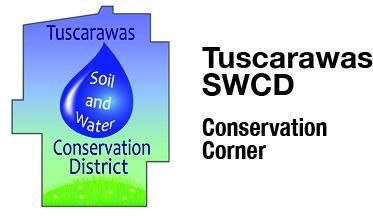Dealing with storm damage to forests
- col-conservation-corner
- July 12, 2022
- 864
A high wind storm moved through Tuscarawas and several nearby counties on June 14. The good news is no one was killed or seriously injured.
Now we must deal with the aftermath of this storm. Landowners of forests are emotionally and financially affected. What can be done to help them cope with this tragedy?
When storms take out power, you may see crews from other areas move in to tackle the workload. Unlike electrical work, when a tragedy occurs on private forest ground, there are no out-of-area logging crews likely to appear. So how can we deal with this?
If you have never owned a chainsaw and just purchased one, this situation is no place to break your saw in. The amount of unseen forces/energy built up in the jumble of trees can kill even the most experienced person.
I know forest owners are trying to get in touch with sawmills or loggers. I have heard they are not getting many responses. Some sawmills might be full of logs or not have the time to do it right now, but other mills might not be in the same situation.
You can always ask a mill if they know of any mills needing logs. These situations are hard on the logging community as well. They have previous commitments they must honor. The industry cannot pay full price for these damaged trees because the full value is no longer there.
Safety is the number-one issue. The second issue is the visible and unseen damage to the trees. Some trees might be OK to saw while other trees with hidden tensions could explode when sawn and hurt or kill a worker. There could be some situations where it is just too dangerous to go in the woods and salvage any of the trees. Patience is in order now.
There are lists of consulting foresters available to help the landowner evaluate the situation. These foresters could help direct you to a mill or logger that can and will do this type of salvage work. A consulting forester also could help you calculate a casualty loss statement for your taxes.
The Ohio Division of Forestry has a consulting forester list on its website. If you do not own or use a computer, the division’s numbers are 877-247-8733 and 614-265-6694.
For those of you with a computer, just type in Ohio Division of Forestry, go to their landowner assistance, go to “contact a service forester” and scroll to the bottom of the page where it refers to “private professional foresters.”
The Association of Consulting Foresters has a website. Just type their name and go to “Find a Forester.” There will be a map of the United States you can enlarge to find a forester near you.
Use caution. Be safe and smart.
Randy Clum is a retired professional certified SAF, ACF forester.

